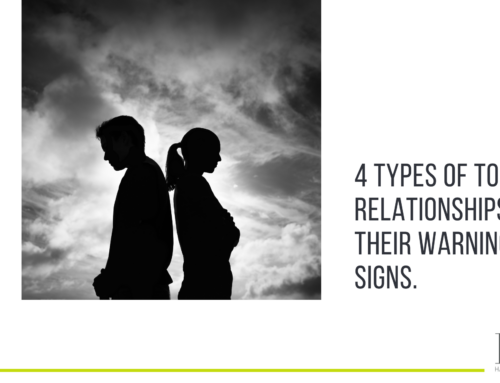Gaslighting is a form of psychological abuse, and occurs where a person makes someone question their sanity, perception of reality, or memories. Victims of gaslighting will often experience confusion, anxiety, isolation and an inability to trust themselves. They’ll question their beliefs, thoughts and actions as a result of someone manipulating the situation for their own benefit.
Gaslighting can take many different forms, and as part of a two-part blog series, we’ll be looking at this all too common narcissistic behaviour in more detail. Starting with what behaviours constitute gaslighting.
Undermining
A gaslighter’s main aim is to trivialise your thoughts and feelings. If this happens often enough, you may start to feel like your opinions and emotions aren’t valid. Statements such as, ‘you’re overreacting’, or ‘you’re being too sensitive’ serve to minimise a victim’s feelings, to the point where they start to believe their gaslighter is right.
Lying
Gaslighting often involves lying to, and about, those they’re trying to undermine. If the gaslighter is a narcissist, they may be lying to convince others of their reality. They may even lie to the point of convincing themselves that what they’re saying is real, even if there’s clear evidence to the contrary.
For example, they might say you’re exaggerating about the seriousness of the situation, or deny that they’re behaving in this way at all. They might spread lies about you to other people as a way to keep you isolated, especially from family and friends who might see through them and challenge their behaviour.
The lying might be subtle and manipulative. For example, feigning concern that you’re ‘overly emotional’, and lying about how you’re coming across to others leaving you feeling embarrassed.
At its worst, gaslighting involves convincing you that you’re ‘crazy’ or imagining things, leaving you questioning your sanity. A gaslighter won’t give up easily, they’ll stand their ground until you start to wonder; did it really happen that way? Am I confused? Have I actually done something wrong? Am I the problem?
Shifting blame
A gaslighter (and a narcissist) will always shift the blame to someone else. Accountability isn’t their order of the day. When challenged, they might claim that you’re the cause of the behaviour, that you deserve to be made to feel this way. The blame is never on them. The story is always twisted to make sure they’re never the villain, always the victim.
One of the worst things about this lack of accountability, is the fact that it makes it very difficult for victims to move on and heal from the abuse they’ve experienced. There’s no space to think about it outside the realm of the gaslighter’s control, there’s no apology and no explanation. A gaslighter is highly unlikely to give their victim the benefit of closure.
Manipulation
Ultimately, gaslighting has manipulation at its core. The ultimate goal is to manipulate those around them to convince them of their reality. And because that reality is often so far from the truth, the damage done to victims is real, harsh and difficult to recover from. That’s why it’s so important to understand what gaslighting means and what it looks like.
If you or anyone you know is a victim of gaslighting, then rest assured you’re not alone. At Harrogate Family Law, we have expertise in managing complex cases, including those involving gaslighting and narcissistic abuse.
To find out more about how we can help, get in touch with us today.






